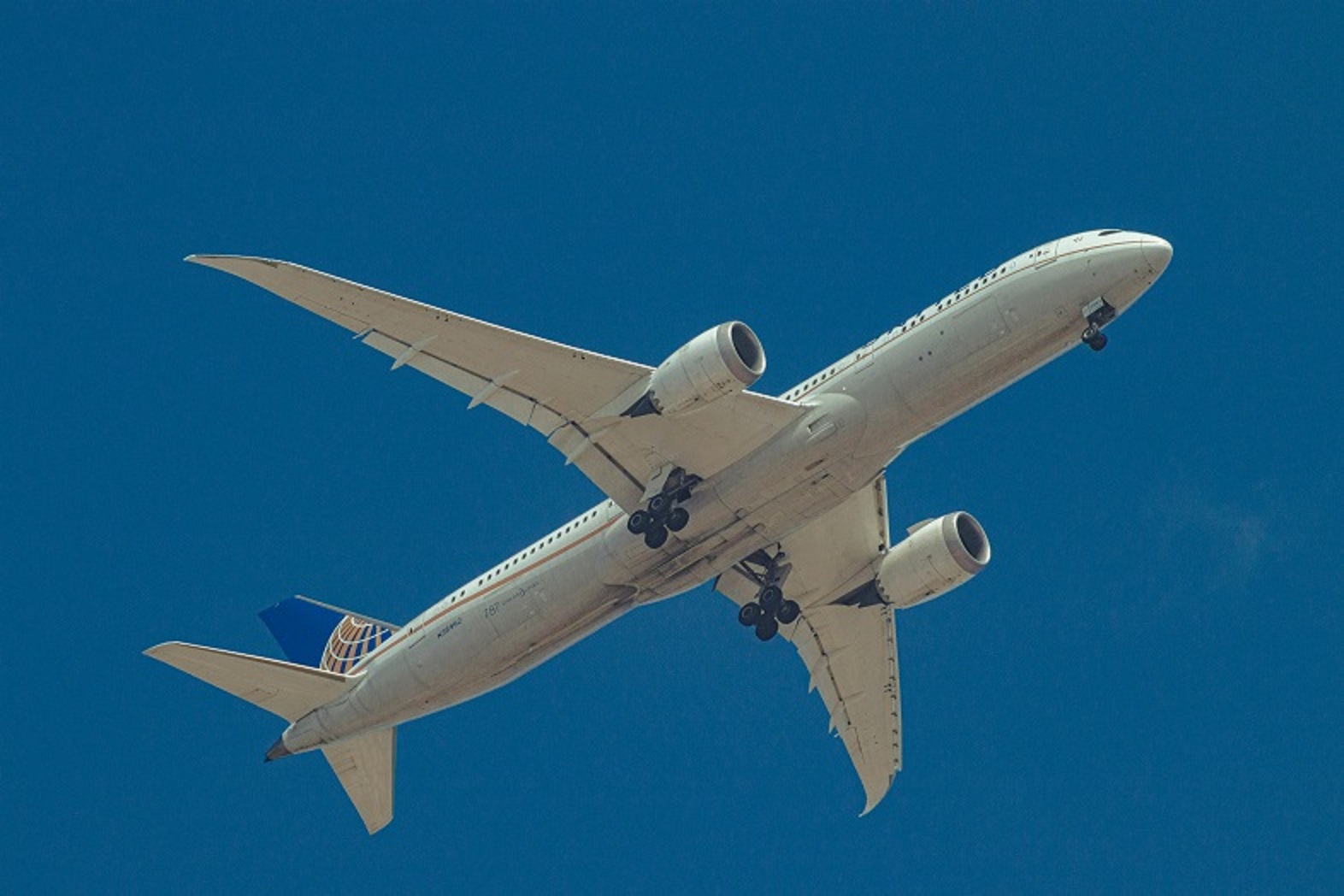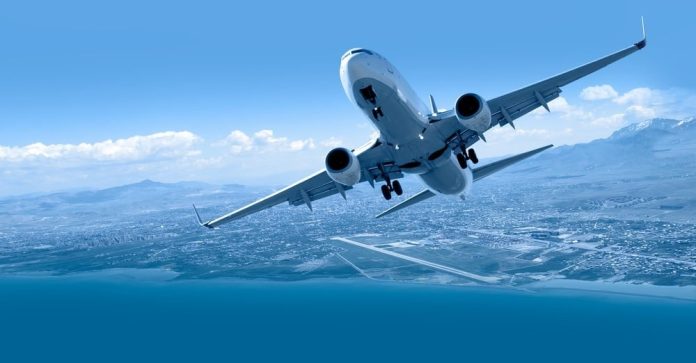- Ideally speaking, the advantages of economic growth in the country should enable even the last man standing to benefit from the several socio-economic measures to promised amenities reaching out without any prejudice vis-à-vis class, creed, caste, religion, ethnicity, and language barriers. The Indian Constitution doesn’t discriminate nor differentiate all the guaranteed rights to accrue to each citizen irrespective of society’s strata. More money available to the citizens means more spending on the anvil immensely contributing to the GDP growth of any nation. India is not averse to this phenomenon either as the post-pandemic economic scenario promises great assurances vis-à-vis living standards further giving a fillip to the aspirational society’s ambition to be counted among the best in the global hierarchy.

PC: IBEF
- As you are aware, the infrastructure development essay an extremely crucial role in furthering the cause of the nation. Especially, transportation viz. land, sea, and air are touted as a definite indicator of economic activity heading northwards or southwards in the overall scheme of things. Against this backdrop, it is heartening to note how the central dispensation has focused on strengthening the aviation sector in the last decade or so where the demand has seen a steep rise over the last few years. The market dynamics allow for the airfares to be decided by the airlines. However, there appears to be some disconcerting news for the passengers over the last few months. Let’s delve deep into understanding the situation and the reason for the same.
- Following the grounding of planes on account of problematic engines earlier, the discontentment of pilots has now forced flight cancellations during the holiday season. It’s going to be a summer of discontent for passengers and high profits for some airlines. It’s an unusual situation for an industry that has long claimed to offer the lowest airfares in the world. Note that before COVID-19, the industry offered low prices despite the high costs of running the aviation business in India. One consequence of it was that when crude oil prices hovered around $80/barrel, most airlines took a serious financial hit because of rising input costs. The tough operating environment took a toll in 2019 when Jet Airways went into insolvency. It was followed later by GoAir.

PC: Business Week This Week
- Consequently, insolvencies put several aircraft out of service but the pandemic’s impact on flying muted the fallout of grounded aircraft. That’s no longer the case. In 2023, domestic air passenger traffic was 152m, the first time it crossed the 2019 mark of 114m passengers. This record of passenger traffic was serviced by fewer aircraft than in the pre-Covid period. That’s because in addition to insolvency-related groundings, market leader IndiGo has had no ground aircraft on account of problems with the Pratt & Whitney engines. It’s a perfect storm for flyers. The outcome is a surge in airfares. So much so that the last few months have been the most lucrative for the aviation industry. Understandably, there are no immediate solutions for airfares, but passenger interests should come first. The aviation regulators should take note of this aspect forthwith.






